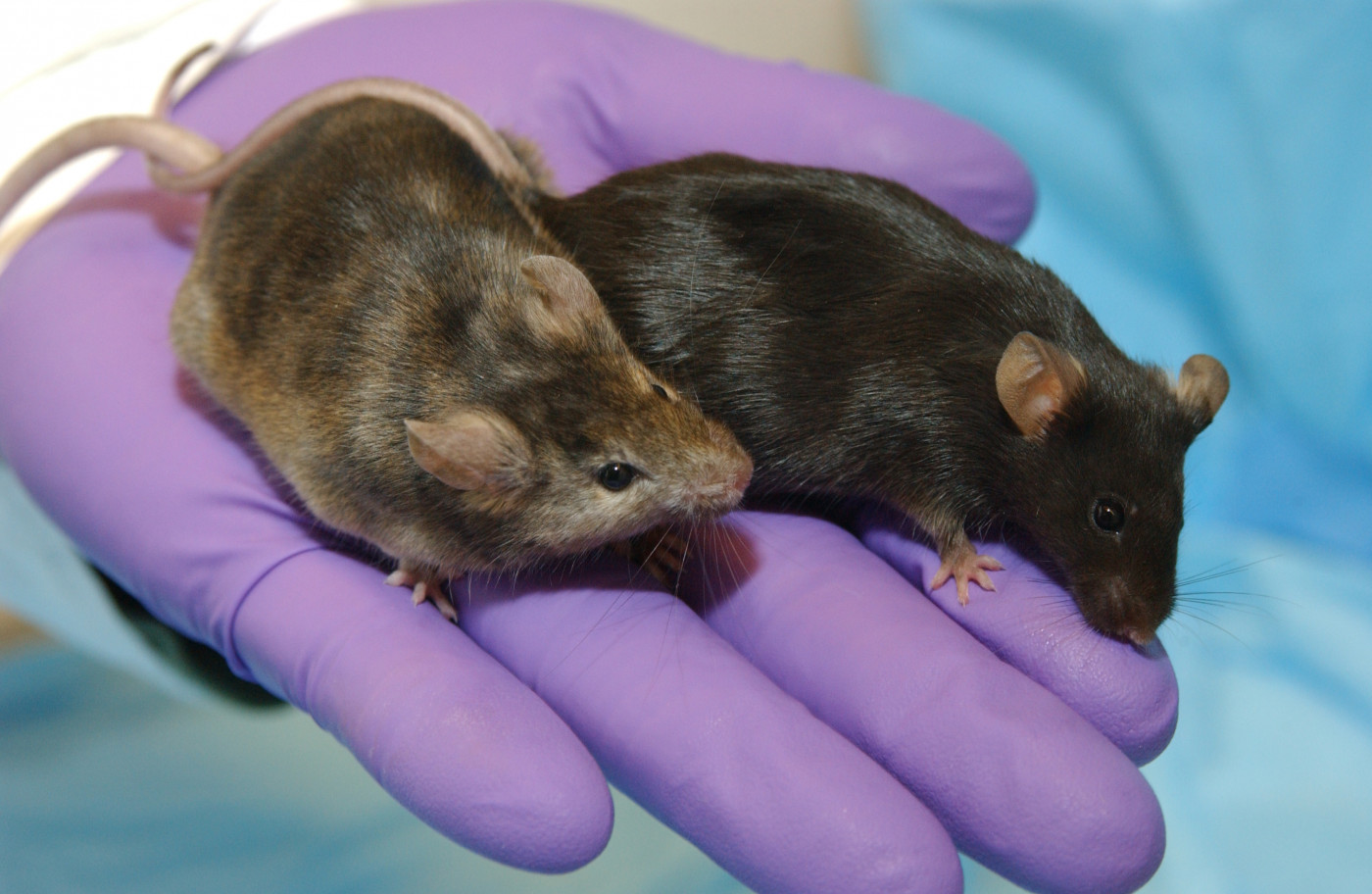Brain-Directed Gene Therapy May Prevent Neurodegeneration in CLN6 Disease, Study Says

Mouse Model of Batten's Disease
Brain-directed gene therapy is a feasible therapeutic strategy to prevent neurodegeneration associated with CLN6 disease, a mouse study says.
The findings of the study, “Neonatal brain-directed gene therapy rescues a mouse model of neurodegenerative CLN6 Batten disease,” were published in bioRxiv.
Neuronal ceroid lipofuscinoses (NCLs), also known as Batten disease, comprise a group of fatal childhood neurodegenerative disorders with a wide range of symptoms, including vision loss, lack of motor coordination, and impaired cognition.
These conditions can be caused by mutations in 14 different genes (CLN1 to CLN14), that lead to the accumulation of toxic insoluble waste deposits, called lipofuscins, inside cells. One of these genes is CLN6, which provides instructions to make the CLN6 protein, whose function is still not fully understood.
“Adeno-associated virus (AAV)-mediated gene therapies are proving to be effective for the treatment of a wide range of inherited disorders. However, the development of gene therapies for conditions that affect multiple regions of the brain appears to be more challenging due to its large size, complex anatomy and the presence of the blood brain barrier (BBB),” the investigators said.
The BBB is a semipermeable membrane that isolates the brain from the blood that circulates in the body.
“A Phase 1/2 clinical trial involving [spinal injection] delivery of a self-complementary AAV9.Cb.CLN6 to children suffering from CLN6 disease has been initiated recently (NCT02725580). However, no pre-clinical or clinical data has been published to date demonstrating that CNS-directed gene therapy is beneficial in CLN6 disease,” they added.
In this study, a group of researchers from University College London’s UCL Institute of Ophthalmology and their collaborators set out to develop and implement a new type of gene therapy specifically designed to treat neurodegeneration in a mouse model of CLN6 disease.
Like other types of gene therapy, this brain-directed gene therapy focused on delivering a functional copy of the human CLN6 gene using an adeno-associated viral (AAV) vector, AAV9.
However, unlike other types of gene therapy, the construct was directly administered to cells in the brains of newborn mice through an injection on the brain’s ventricles — brain cavities filled with cerebrospinal fluid (CSF, the liquid that circulates in the brain and spinal cord).
Using immunohistochemistry — a lab test that allows researchers to visualize the human CLN6 in the brain — investigators confirmed the new method led to widespread production of CLN6 in the brains of healthy newborn mice.
Remarkably, they found that the new brain-directed gene therapy prolonged the lifespan of newborn mice lacking a functional Cln6 gene (the mouse equivalent to the human CLN6 gene) by 90%.
In addition, it improved their motor function, reduced the loss of neurons and the accumulation of toxic deposits inside cells for up to 23 months after therapy administration.
Importantly, the treatment effect led to long-term therapeutic benefit, and was maintained for almost two years following the injections, equivalent to the lifespan of normal, healthy mice.
“These data demonstrate that brain-directed gene therapy is a valid strategy to treat the neurodegeneration of CLN6 disease and may be applied to other forms of NCL caused by transmembrane protein deficiencies in the future,” the scientists concluded.





